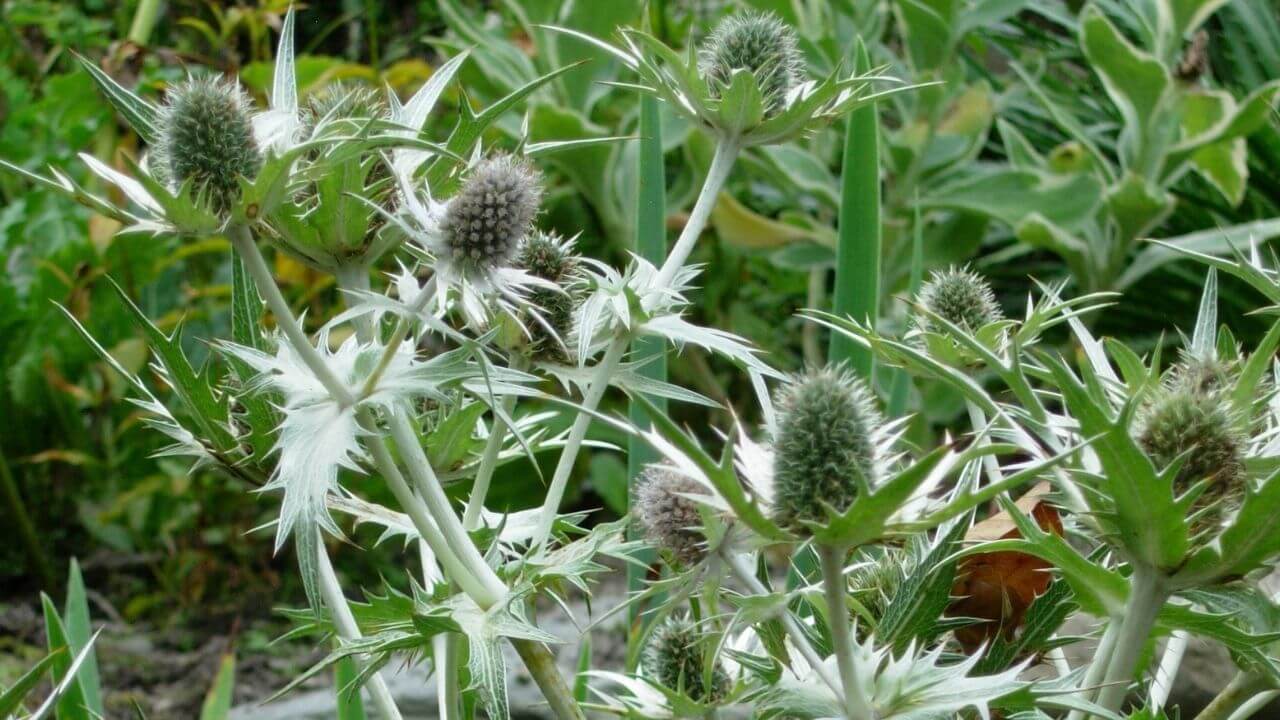The 5 Plant Categories You Need For Natural Garden Style

Being natural, looking natural, or having a natural style does sound so simple. Just be natural! However, how to be stylishly natural or create a natural look, for example, in your garden, needs some tricks on how to do it.
Let's talk about the plants. In a naturalistic-style garden, they are essential elements alongside the garden materials. However, your plant selection can make or break the garden style you want to create.
To help you out, I gathered five plant categories essential to have in your yard if you want to create a natural-style garden that looks great all year round.
1. Woody Plants to Give Height And Structure

As you know, perennials are, well, perennial plants. Their above-ground parts die for the winter and start growing from the ground again when the next growing season starts.
Woody plants are different. They keep their woody stems and keep growing from where they ended up during the last growing season. In that sense, they create height, structure, and permanence to your garden.
Especially useful are evergreens and clipped hedges, whether evergreen or deciduous. They can create 'green rooms,' provide a great background for ornamental planting areas, and add interest during the wintertime. I wrote more about the importance of the structure in the previous part of this series. You can read it HERE.
To dive even deeper and take action now, download my "Essential Evergreens" PDF to find the hardy, easy, and low-maintenance evergreens for your garden. Click >>HERE<< to grab yours.
2. Ornamental Grasses Aka Your Key Plants
Hey, you couldn't forget these. Ornamental grasses are essential to the natural planting style nowadays.
It would be excellent if you had at least one species in your planting scheme.
I suggest planting ornamental grasses in groups or blocks and repeating them throughout the garden.
One of the most used and valuable ornamental grasses is Feather Reed Grass (Calamagrostis acutiflora' Karl Foerster').
3. 'Sprinkled' Plants That Appear to Grow Randomly Placed

You also need perennials to make your planting area more vibrant.
Your 'sprinkled' plants could be perennials like hardy geraniums, salvias, achilleas, or echinaceas. Good choices are natural species or varieties that are very similar to their wild relatives.
So choose your preferred perennials and create groups, or so-called modules, of them. Sprinkle and repeat these modules on your planting areas. They make natural repetition and unite the planting areas.
You can achieve a charmingly natural planting style in your backyard by repeating these plant combinations seemingly randomly.
4. Self-seeders to Give Some Surprises
Self-seeders surprise the gardener by landing and growing where they want to. They can create wonderful new planting combinations in your garden.
However, it's good to keep an eye on these party crashers. Weed some of them if there's too much of the kind. It's pretty straightforward - you just pull some of them away before their seeds ripen.
Check the self-seeders like Verbascum species, Digitalis, Verbena bonariensis, and Eryngium, if they were something you would like to grow in your garden.
5. Plants That Hold Their Shape And Die Beautifully

It's not always summertime for the garden owner, so it's good to think ahead.
Seedheads and stems bring visual joy even after the plants have lost their lushness and turned various shades of brown and grey.
Plants that hold their shape beautifully are, for example, stonecrop (Sedum 'Autumn Joy / Herbstfreude'), Eryngium giganteum, Eupatorium maculatum, and, of course, the grasses.
There you have it—five categories of plants to use when designing your garden in a naturalistic style. I am so eager to see how you use these plants in your garden.
Join the Conversation
There might be some plants on the list that you are already growing in your garden. Into which category do they belong? Are there any categories that are missing in your garden? I would love to hear about your experiences with these plants and the planting combinations you use.

Want to Discover Your Garden Style?
Take my popular Garden Style Quiz to find out which outdoor aesthetic suits you best—and get tailored ideas for building a garden you love.

